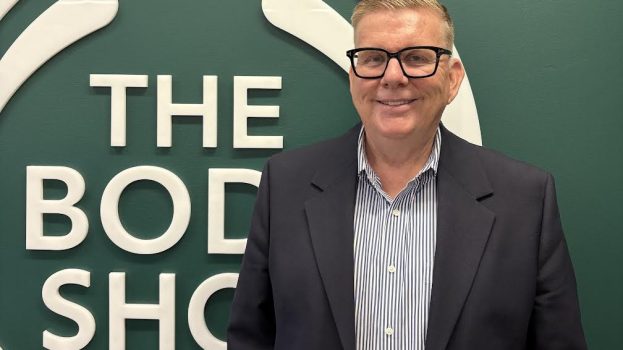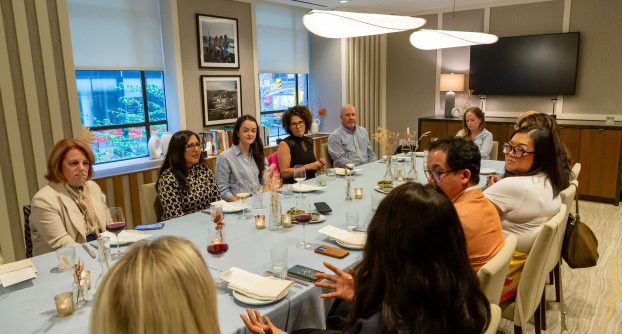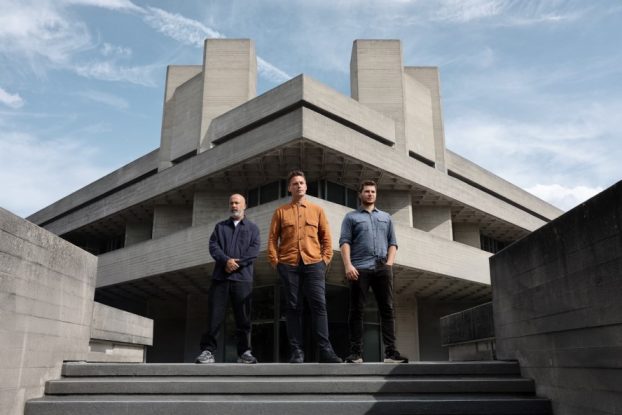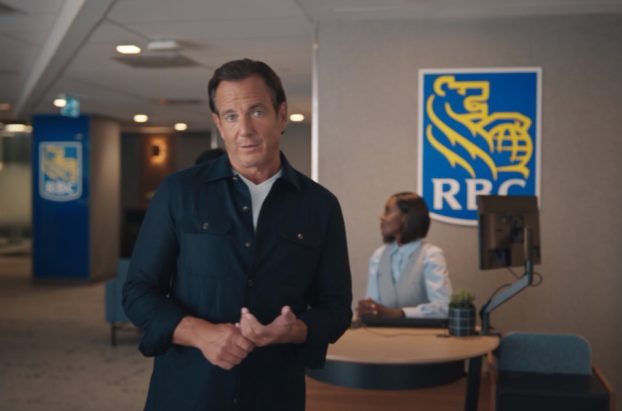The Recreational Vehicle (RV) industry is not immune to the challenges currently facing the travel industry in Canada. But there are signs that, as people are gradually “released back into the wild,” RV manufacturers and dealers may be well-positioned to help consumers catch a much-needed breath of fresh air, says Chris Mahony, president of Go RVing Canada.
The health crisis hampered some of the industry association’s 2020 plans for its “Wildhood” platform, which has evolved through a couple of iterations since its 2015 debut.
So Mahony says Go RVing redirected its efforts into promoting an online Visitor’s Centre, developed with Doug&Partners and Agnostic, that includes practical travel information, Canadian travel stories, a photo contest and the story of an Indigenous woman who discovered her wildhood by taking a camper through the Yukon.
The video, shot last year by Projector, falls under the Wildhood platform but is more of a “lifestyle video” promoting the RVing way of life, Mahony says. Created in partnership with Roots, the spot features Ashley Callingbull, a Cree First Nations woman from Alberta and motivational speaker. “[It] was a little bit different, because it was a solo RVer out in the Yukon, and we hadn’t shot that before… We just released it now, and it seems timely given social distancing,” says Mahony.
[iframe_youtube video = “n8ALHHMIPxk”]
How is the industry impacted by the pandemic, and how do consumers feel about travel as we head into the summer?
When COVID hit in March and the lockdown happened, it was challenging for dealers and the supply chain – the majority of RVs come from the U.S. On that side of the business, the industry has felt a bit of pain. But, ultimately, what we’re seeing now is Canadians want to [engage in recreation], especially after being on lockdown for a couple of months. We’ve always seen Canadians embrace the RV lifestyle – 15% of Canadians own an RV – but it’s become even more prevalent, an affordable choice for people to get out there.
RV dealers are reporting a big uptick in their site traffic and sales, and from a Go RVing perspective, our online hub has seen a huge increase as well, especially [engagement] with the Visitor’s Centre. People are thinking two or three years ahead, because we just don’t know where the future will be with airline travel and things like that. It will come back to some degree, but people’s level of cautiousness will remain for some time.
How did you shift your marketing as the country went into lockdown, and what are you doing now as it begins to reopen?
We created a phased approach to our communications around inspire, engage and encourage. Initially, we focused on “inspire” – helping people experience the outdoors and the freedom of RVing while stuck indoors. That led us to launch the Visitor’s Centre, which is built on the “Wildhood” platform, but brought to life in a way that’s relevant to today.
In a typical year we would be invested heavily on TV right now, as well as outdoor shows and major sporting events. A lot of that went away and we had to refocus our efforts into the Visitor’s Centre. While the the hub was [intended for] aspirational content, it includes repurposed and new content, and is there to provide information. The majority of the page views is for content around, ‘How do I get out there? Where do I buy? How do I rent?’ That is one of the most important things we’re seeing right now. Our trip planner alone saw a 350% increase [in traffic] last week.
Do you intend to reinvest in TV later this year, or has your window of opportunity closed?
While my TV budget may have changed for the year, I’m still heavily invested in digital. As things open up, I still see us being able to execute certain projects throughout the summer and later in the summer. We’re looking to shoot a new Wildhood ad. I don’t know that we’re in a position to talk about it. But I can tell you that we’re moving towards a “Live Your Wildhood” type of situation, as opposed to “Bring Back Wildhood.” So, slightly more directive [than our previous campaigns]. We’re hopeful that we’re going to be able to shoot in August or September. I look forward to creating assets and launching them as we get into next year.
What long-term opportunities and challenges do you foresee for the RV industry as a result of COVID-19? For example, even with travel restrictions in place, some research suggests consumers are craving socially distanced travel and open spaces.
When it comes to travelling, both in the immediate and long-term future, there’s going to be varying levels of confidence. The thing about RVing is that it’s a flexible way to travel; it places all the control in the hands of the consumer. For example, if we give them an online trip planner, where they can comfortably plan these trips, whether it’s to open spaces or to some other areas, then we certainly want to do that. So we’ll be revising the trip planner as part of the launch of a new website.
A lot of Canadians have been financially impacted by COVID-19, and it’s going to take some time to recover. I believe an RV vacation is a lot more affordable in comparison to flights or cruises. But there’s going to be a challenge when it comes to ensuring that the RV experience remains a high-quality one. With campgrounds opening up slowly, there are certain facilities that are not going to be available, such as pools. Consumer demand seems to be very high, but we need the infrastructure to catch up.
Destination Canada is shifting to support domestic travel this year. What impacts might this have on RVing in Canada? Do you see an opportunity to work with travel and tourism partners at a regional level?
I’ve always seen those opportunities; they’re probably more valid now than before. We share our assets with Destination Canada and organizations like Destination B.C. when they’re creating video – they will often take cuts from things we’ve created. The Ashley Callingbull video [above] was done in partnership with Yukon Tourism. I haven’t promoted that fact yet, because of the lack of interprovincial travel.
When that does happen, we will see more cooperation between ourselves and the provincial tourism and travel associations. We’ve always had some form of relationship with Destination Canada, but I can see significantly more work happening alongside them, especially as they’ve needed to move their tactics more towards domestic travel, which is something that we’ve always advocated for.
Go RVing was set up as a not-for-profit association that promotes the RVing lifestyle. We’re promoting it to Canadians; we don’t do a lot of advertising abroad. The larger rental outfits that typically see a lot of European travel have had to shift; they’re seeing an increase in local demand and obviously a huge decrease in [international] tourism, which I do believe is going to be a challenge. I want to work with the tourism associations as much as possible to help promote Canada to Canadians. We’ve got a huge backyard, a huge playground, and [the lockdown] is in some ways reminding us of that.
This interview is part of a series for Strategy C-Suite, a weekly email briefing on how Canada’s brand leaders are responding to market challenges and acting on new opportunities. Sign-up for the newsletter here to receive the latest stories directly to your inbox every Tuesday.
The interview has been edited for length and clarity.
























